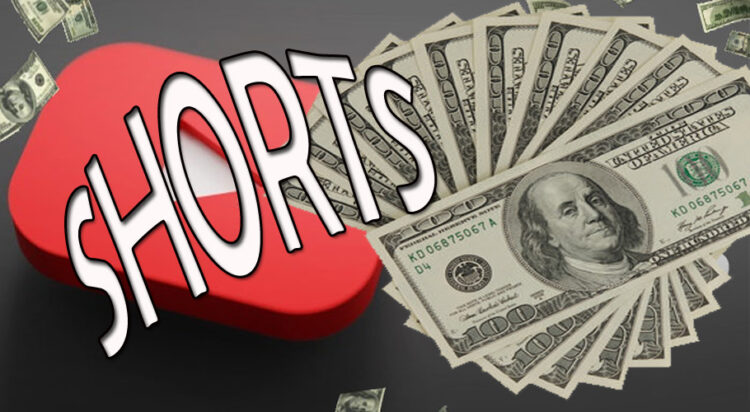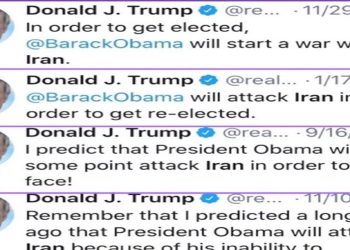If you’ve ever browsed YouTube, chances are you’ve encountered YouTube Shorts. These are brief, vertical videos lasting up to 60 seconds. Launched in 2020, this feature is YouTube’s answer to the popularity of short-form, vertical videos epitomized by TikTok.
Creating Shorts is seamless within the YouTube app, akin to TikTok. However, if you prefer using your own editing tools, you can craft them on any device and upload them to YouTube. YouTube Studio provides tutorials on editing videos for Shorts.
Recently, YouTube disclosed that over 25 percent of channels participating in the YouTube Partner Program are earning revenue from Shorts, just a year after introducing revenue-sharing for the feature.
Shorts now amasses over 70 billion daily views, highlighting the significance of YouTube’s diverse strategies for monetizing content creators.
Eligibility
Before delving into the methods of monetizing YouTube Shorts, it’s crucial to understand the eligibility criteria for the YouTube Partner Program (YPP).
There are two pathways to qualify for the YPP.
For access to fan-funding:
- Achieve 500 subscribers.
- Upload 3 public videos within the last 90 days.
- Accumulate 3,000 public watch hours within the last 365 days or garner 3 million public Shorts views within the last 90 days.
For access to both ad revenue and fan-funding:
- Attain 1,000 subscribers.
- Get 4,000 hours of public viewing time from long-form videos in the last 365 days or 10 million views of public Shorts in the last 90 days.
- Before getting into the ways you can monetize YouTube Shorts, it’s important to look at the eligibility requirements for the YouTube Partner Program (YPP).

Monetizing through Shorts ad revenue-sharing
Here’s how YouTube determines creators’ earnings:
- Pooling shareable ad revenue: This comprises the overall revenue generated from ads appearing between Shorts. A portion is earmarked for rewarding creators, while another portion is dedicated to covering music licensing costs.
- Calculating the creator pool: This is determined by the number of views garnered by Shorts and the usage of music within them.
- Distributing revenue shares to creators: Portions of the creator pool are assigned to monetizing Shorts creators based on the views their Shorts accumulate.
- Creator payment: Ultimately, creators receive 45% of the revenue allocated to them.
How to join
Shorts ad revenue-sharing is exclusively accessible to creators who have a minimum of 1,000 subscribers and either accumulating 4,000 public watch hours within the past year or garnering 10 million Shorts views in the last 90 days.
Here’s how to apply:
- Sign in to YouTube on a computer (Alternatively, you can apply using the YouTube Studio app).
- Click on your profile picture located at the top right corner, then select YouTube Studio.
- From the left menu, navigate to Earn, then choose Apply.
- To review and accept the basic terms, click Start.
- Proceed by clicking Start to set up an AdSense account, or link an existing active one. Upon completion, you should see “In Progress” in the Get Reviewed step.
YouTube fan funding
YouTube fan funding encompasses three avenues through which your subscribers can contribute to your earnings as a creator. These avenues include:
- Channel Memberships: You can offer more exclusive content behind a paywall and provide perks such as loyalty badges.
- Super Chat and Super Stickers: Viewers of live streams can highlight their messages or receive animated images in the live chat by making small donations.
- Super Thanks: Viewers can purchase a fun animation that appears on your video, along with a colorful and customizable comment beneath your video, for a nominal fee.
Fan funding is accessible at both tiers of the YouTube Partner Program. Whether you have 500 subscribers or 1,000 subscribers, as long as you meet the minimum Shorts views requirements, you can join the YPP and commence earning.
Adhering to YouTube’s channel monetization policies is essential for all creators looking to monetize their YouTube Shorts. This involves compliance with Community Guidelines, Terms of Service, Copyright regulations, Rights Clearance Adjustment policies, and ensuring content is advertiser-friendly.


































